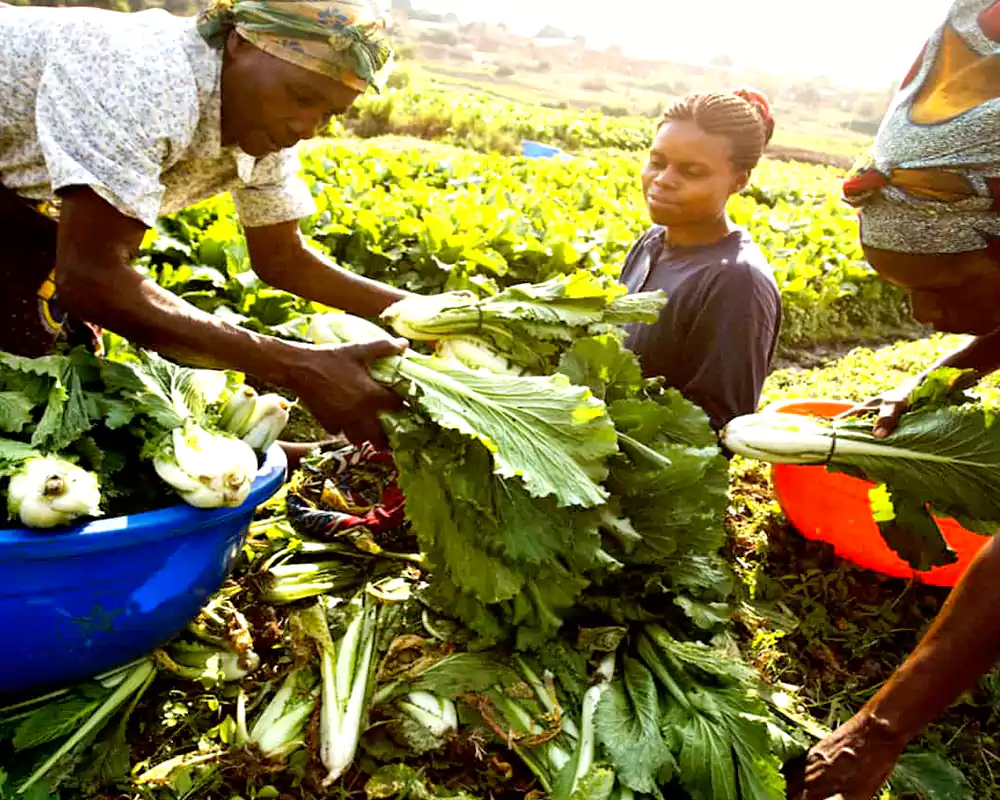
South Sudan: A Nation Gripped by Hunger-Can We Break the Cycle?
For the past decades, my heart has ached alongside my beloved South Sudan. As a program manager for the Wonderland Development Agency, I’ve seen firsthand how relentless cycles of conflict, climate shocks, and economic fragility have shattered the most basic of human needs – the ability to feed our families. Let’s delve into why hunger persists, its devastating consequences, and explore paths towards lasting food security.
Why Does South Sudan Have Food Insecurity?
Despite fertile land, South Sudan paradoxically faces severe food insecurity, a complex problem with deep roots:
- Protracted Conflict: Decades of fighting have devastated farms, disrupted markets, and driven millions from their homes, making food production nearly impossible.
- Climate Extremes: Frequent droughts and floods ravage crops and livestock, leaving families with nothing to harvest or sell.
- Economic Hardship: Hyperinflation, limited trade, and a reliance on imports make food unaffordable for vast portions of the population.
The Causes of Food Insecurity in South Sudan
- Lack of Agricultural Resources: Farmers struggle without quality seeds, tools, and knowledge of sustainable practices.
- Poor Infrastructure: Bad roads hinder transportation of food to areas most in need.
- Gender Inequality: Women, who play a significant role in agriculture, face limited access to land, resources, and decision-making power.
- Displacement and Migration: People fleeing violence leave behind their livelihoods, adding to the strain on already vulnerable host communities.
The Effects of Food Insecurity in South Sudan
- Acute Malnutrition: Over 7 million South Sudanese face hunger, and this crisis hits children the hardest.
- Disease and Death: Malnourished bodies are defenseless against diseases, tragically increasing mortality rates.
- Loss of Education: Desperate families pull children from school to seek food or income.
- Social Tension and Conflict: Scarcity breeds competition for resources, potentially fueling further instability.
Proposed Interventions to End Food Insecurity
Lessons from other conflict-affected nations offer glimmers of hope:
- Peacebuilding and Stability: The most crucial ingredient – without peace, other steps falter. (Example: Colombia’s peace deal opened space for rural development).
- Climate-Smart Agriculture: Drought-resistant crops, water management techniques (Example: Ethiopia’s drought resilience programs).
- Women’s Empowerment in Agriculture: (Example: Rwanda’s focus on rural women farmers boosted nationwide food production).
- Local Market Support: Connecting farmers to reliable buyers, reducing reliance on costly imports.
Ending food insecurity in South Sudan is possible, but it demands action on multiple fronts. Stakeholders – government, NGOs like WDA, and the international community – must:
- Invest in Long-Term Resilience: Go beyond immediate aid to build strong agricultural systems.
- Prioritize the Most Vulnerable: Target support for those in acute need, especially women and children.
- Listen to Communities: Solutions must be designed with communities, not for them.
- Never Lose Hope: Despite challenges, progress is achievable, one nourished family at a time.
With unwavering determination, we can create a South Sudan where hunger is a relic of the past.



